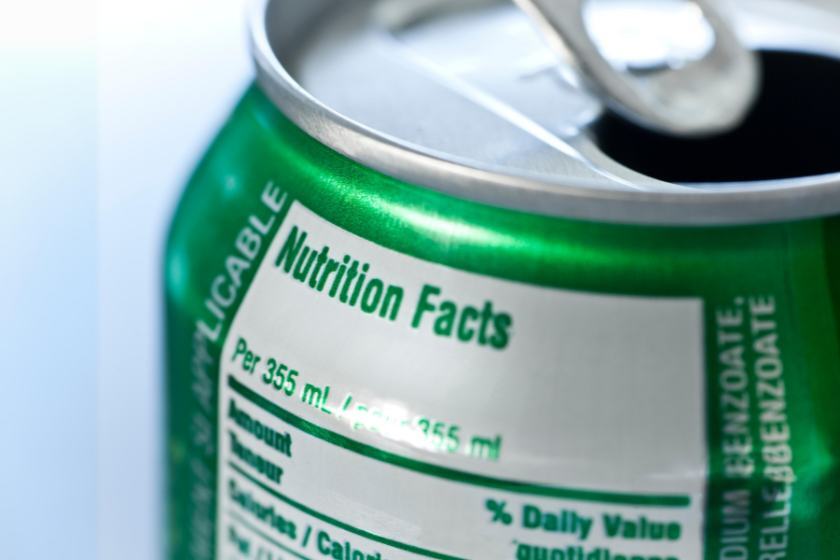Understanding how to create great nutrition labels is essential for food producers. It not only helps in complying with regulations but also serves as a critical touchpoint with consumers, who rely on these labels for nutritional information and allergen warnings. The process of creating nutrition fact labels for food products involves several challenges. Appropriately creating and printing the nutrition fact label is one of them. This label, which should be prominently displayed on the outside of the package, includes crucial details about the product. Customers can choose their diet with knowledge thanks to these labels. Learn how to make a nutrition label with the expert advice and resources available through TCS Digital Solutions.
-
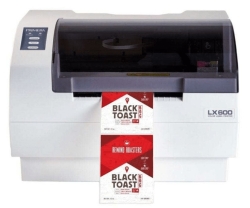 Primera LX600 Color Label Printer SKU: LX600$1,995.00
Primera LX600 Color Label Printer SKU: LX600$1,995.00
FREE SHIPPING over $199*
Orders before 12PM EST usually Ship Same Business Day - Product on sale
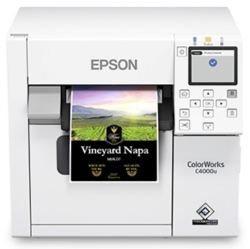 Epson C4000/CW-C4000 ColorWorks Inkjet Label Printer (Gloss) SKU: C31CK03A9991Original price was: $2,399.00.$2,199.00Current price is: $2,199.00.
Epson C4000/CW-C4000 ColorWorks Inkjet Label Printer (Gloss) SKU: C31CK03A9991Original price was: $2,399.00.$2,199.00Current price is: $2,199.00.
FREE SHIPPING over $199*
Orders before 12PM EST usually Ship Same Business Day -
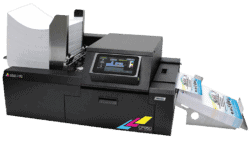 Afinia CP950 Envelope Packaging and Box Color Label Printer SKU: 35256$18,995.00
Afinia CP950 Envelope Packaging and Box Color Label Printer SKU: 35256$18,995.00
FREE SHIPPING over $199*
Orders before 12PM EST usually Ship Same Business Day
Nutrition Labels: The Basics
Nutrition labels are standardized in format to convey information such as serving size, calorie count, core nutrients, daily value percentages, and allergen information. This information is typically gathered through laboratory testing or by using a nutritional database
Creating a nutrition label that is both informative and compliant with regulations is a multi-step process that involves gathering accurate information, designing the label, and choosing the right printing technology. Here’s a structured approach to crafting great nutrition labels:
How to Create Great Nutrition Labels: A Step-by-Step Guide
Get the Nutrition Facts: Nutritional databases can collect the necessary data without subjecting the products to laboratory testing. These databases calculate the nutritional values of food and drink items by converting them into serving amounts. It might be necessary to conduct laboratory testing to determine the exact nutrient levels and constituent percentages of complex products.
Build the Nutrition Labels: For the majority of prepared foods, the FDA mandates nutrition labeling. They control how the nutrition statistics are presented but do not examine the qualities of every product. Nutritional information, including allergen labels, nutritional claims, and nutrient values per serving based on a 2,000-calorie diet, must be presented on an FDA-regulated table.
Customers should read the nutrition label for a number of reasons. For example:
- A customer allergic to peanuts can quickly determine whether a product is safe to eat.
- A person who is limited in sodium can determine how much sodium they ingested in a dish and modify their diet accordingly.
- An athlete can precisely determine how many grams of protein they have consumed if they are attempting to raise their intake.
Errors in determining or presenting nutrition information may result in product recalls, penalties, and a bad reputation for the company among consumers. To guarantee correct information and assist in navigating this process, consultants are on hand.
- Product on sale
 Epson C4000/CW-C4000 ColorWorks Inkjet Label Printer (Gloss) SKU: C31CK03A9991Original price was: $2,399.00.$2,199.00Current price is: $2,199.00.
Epson C4000/CW-C4000 ColorWorks Inkjet Label Printer (Gloss) SKU: C31CK03A9991Original price was: $2,399.00.$2,199.00Current price is: $2,199.00.
FREE SHIPPING over $199*
Orders before 12PM EST usually Ship Same Business Day -
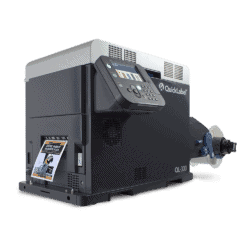 Quick Label QL-300 (120V) Toner CMYK Color Label Printer SKU: 1003-0000002$9,495.00
Quick Label QL-300 (120V) Toner CMYK Color Label Printer SKU: 1003-0000002$9,495.00
FREE SHIPPING over $199*
Orders before 12PM EST usually Ship Same Business Day - Product on sale
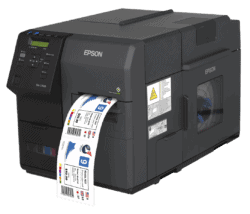 Epson ColorWorks C7500 Gloss Inkjet Color Label Printer SKU: C31CD84311 GTIN: 814420980107Original price was: $9,260.00.$8,499.00Current price is: $8,499.00.
Epson ColorWorks C7500 Gloss Inkjet Color Label Printer SKU: C31CD84311 GTIN: 814420980107Original price was: $9,260.00.$8,499.00Current price is: $8,499.00.
FREE SHIPPING over $199*
Orders before 12PM EST usually Ship Same Business Day
Design the Product Nutrition Labels: Nutrition facts, though essential, are often the least visually appealing aspect of product labels. The front-facing branding and graphics play a significant role in enticing potential customers to make a purchase or inspect the details more closely. Collaborating with a designer experienced in creating food labels is advisable, as they understand the balance between meeting regulatory requirements and creating an appealing shelf presence to attract buyers.
For labels that are otherwise captivating but lack nutrition facts, there are FDA-compliant Nutrition Facts label software platforms available to help with the design. These tools make it easier to incorporate the required nutritional information into your eye-catching label design while ensuring compliance with regulations.
Print the Product Nutrition Labels: In-house food product label printing provides flexibility for easy design adjustments and corrections, which can be crucial when products undergo ingredient or packaging changes. This approach eliminates potential shipping delays and rush fees associated with reordering pre-printed labels. All of your nutrition labels, from simple black-and-white nutrition facts to visually appealing graphics, can be printed quickly and effectively in one step with a full-color digital printer.
Streamlining nutrition label production is made simple with a high-resolution digital label printer like those offered by TCS Digital Solutions. These printers use durable pigment inks suitable for food products, meeting FDA requirements. Regulatory standards and customers alike will be impressed by the small, readable text and vivid prints produced by high-speed inkjet printers or dry toner-based laser printers that can withstand humid, wet, and cold conditions.
Best Printers for Nutrition Labels
When it comes to finding the best online options for printing nutrition labels, it’s important to consider both the quality and variety of printers available. TCS Digital Solutions stands out as a top choice for this purpose, offering a range of top-brand printers such as Epson Printer, Afinia Printer, Primera Printer, QuickLabel, and TrojanLabel Printer, all at competitive prices. This diverse selection ensures that you can find the ideal printer to meet your specific needs, whether you’re a business looking for an efficient solution or an individual seeking to create professional-grade nutrition labels.
TCS Digital Solutions offers guidance on how to create a nutrition label, providing step-by-step assistance for individuals and businesses alike. With their extensive range of options, you can confidently print nutrition labels that meet regulatory standards and are visually appealing, making them a go-to destination for anyone in search of high-quality label printing solutions.
-
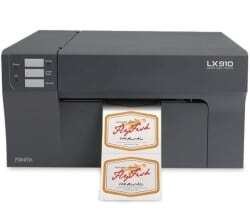 Primera LX910 Color Label Printer SKU: LX910$2,749.00
Primera LX910 Color Label Printer SKU: LX910$2,749.00
FREE SHIPPING over $199*
Orders before 12PM EST usually Ship Same Business Day -
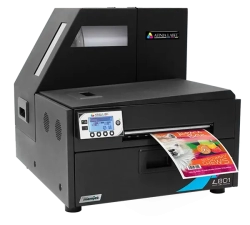 Afinia L801 Plus Commercial Color Label Printer SKU: 32498$8,495.00
Afinia L801 Plus Commercial Color Label Printer SKU: 32498$8,495.00
FREE SHIPPING over $199*
Orders before 12PM EST usually Ship Same Business Day -
 Epson ColorWorks C3500 Inkjet Color Label Printer SKU: C31CD54011 GTIN: 814420980046$2,199.00
Epson ColorWorks C3500 Inkjet Color Label Printer SKU: C31CD54011 GTIN: 814420980046$2,199.00
FREE SHIPPING over $199*
Orders before 12PM EST usually Ship Same Business Day
Conclusion
By following these steps and utilizing the right tools, you can create nutrition labels that not only comply with regulatory standards but also resonate with consumers and support your brand’s image.


